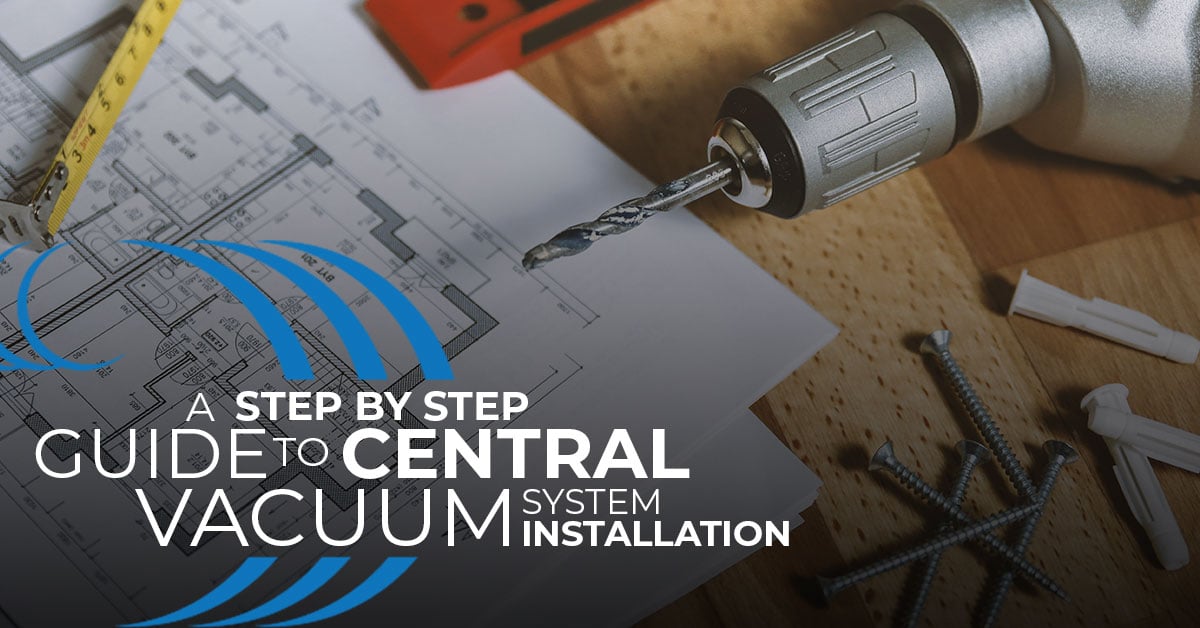
Boosting Productivity in Office Buildings with Central Vacuum
In today’s fast-paced work environment, maintaining a clean and organized office space is crucial for productivity. Office buildings often struggle with keeping their premises clean

Central vacuum systems are a powerful, efficient, and convenient solution for maintaining cleanliness in your home. They offer superior suction power, improved indoor air quality, and are quieter than traditional portable vacuums. This article serves as a Central Vacuum System Installation Guide, offering a step-by-step process to help you understand what it takes to install one of these systems in your home.
Before diving into the Steps to Install Central Vacuum System, it’s essential to understand what a central vacuum system is. Unlike traditional vacuum cleaners, a central vacuum has a central power unit typically installed in a garage or basement. From there, a network of tubing runs through the walls to inlet valves placed strategically around your home. To use it, you simply attach a lightweight hose and cleaning attachment to an inlet valve and clean away.
If you’re considering a DIY Central Vacuum Installation, the first step is to gather all necessary tools and materials. These typically include the central vacuum unit, PVC pipes and fittings, low-voltage wiring, mounting brackets, inlet valves, and a power unit.
Next, plan your layout. Decide where to place the power unit and where the inlet valves will be located. The goal is to ensure that every area of your home can be reached with the vacuum hose connected to the inlet valves.
The central vacuum power unit should be installed in a dry, well-ventilated space such as a utility room, garage, or basement. It should be easily accessible for maintenance and emptying the dirt receptacle. Mount the power unit on a wall according to the manufacturer’s instructions, ensuring it’s level and securely fastened.
After installing the vacuum unit, the next step in the Central Vacuum System Setup Process is to install the inlet valves and tubing. Start by drilling holes in the wall for the inlet valves, keeping in mind the path of the PVC tubing. Once the holes are drilled, you can run the PVC pipes through the walls, connecting them to each inlet valve.
Remember to install a low-voltage wire along with the PVC tubing. This wire will connect all the inlet valves to the central vacuum unit, allowing the system to turn on when the hose is inserted into an inlet.
With the power unit in place and the tubing installed, you’re nearly finished with Installing a Central Vacuum System. The final steps include connecting the tubing network to the central vacuum unit and installing the dirt canister. Once everything is connected, you can test each inlet valve to ensure the system is working correctly.
While installing a central vacuum system may seem like a daunting task, breaking it down into manageable steps can make the process much more straightforward. Remember, if DIY isn’t your thing, professional installation services are always available. No matter how you choose to install your central vacuum system, you’ll soon be enjoying the benefits of a cleaner and healthier home.

In today’s fast-paced work environment, maintaining a clean and organized office space is crucial for productivity. Office buildings often struggle with keeping their premises clean

Central vacuums in animal shelters & vet clinic: Explore how these systems boost hygiene, efficiency, and air quality.

In the world of home entertainment, a home theater is a luxury that many homeowners dream of. It’s an immersive experience that brings the magic

A central vacuum system is a significant investment that promises convenience, powerful suction, and improved indoor air quality. However, choosing the right central vacuum hose
Our home automation products are at the forefront of technology, offering a blend of convenience, security, and efficiency. As a Homewave dealer, you’ll be part of a network transforming homes into smart, futuristic spaces.
Embark on this rewarding journey with us and leverage the power of innovative technology.
Please fill out this form and become a Homewave Dealer.